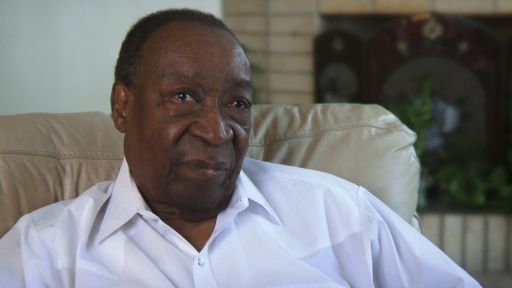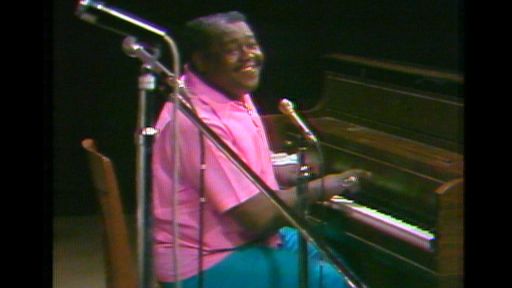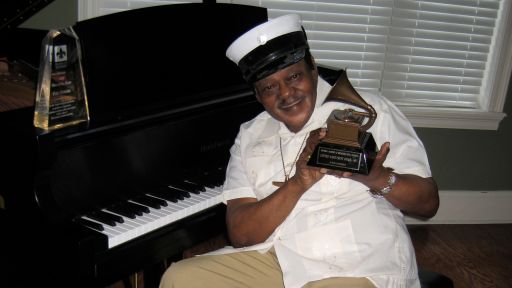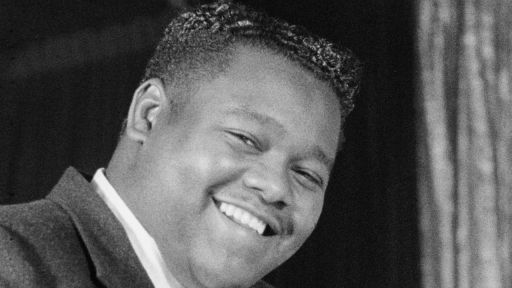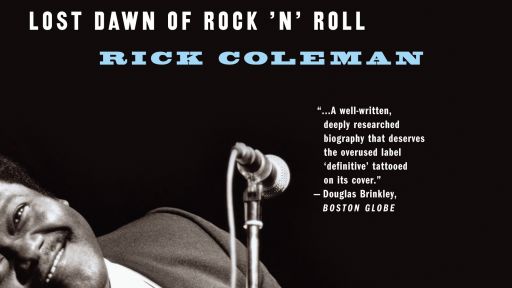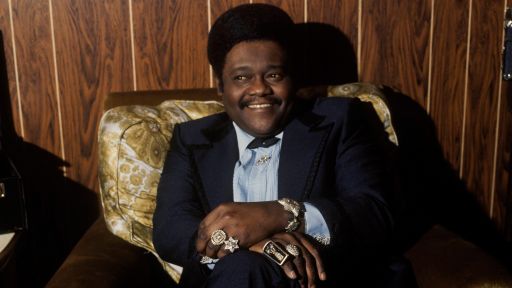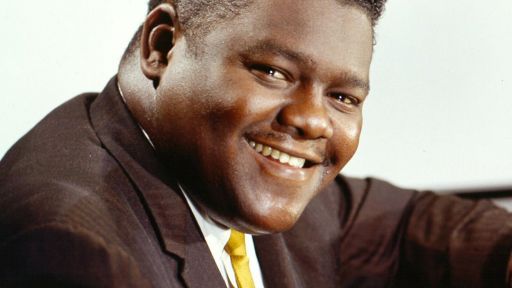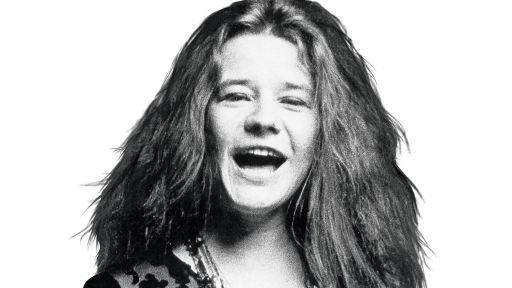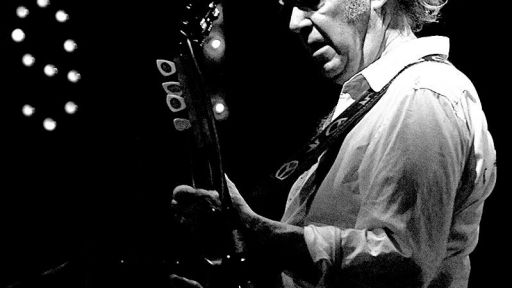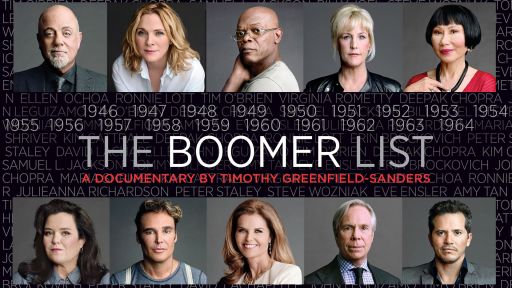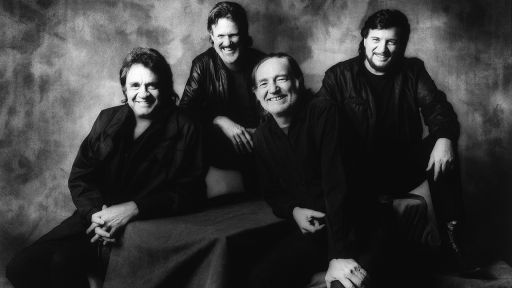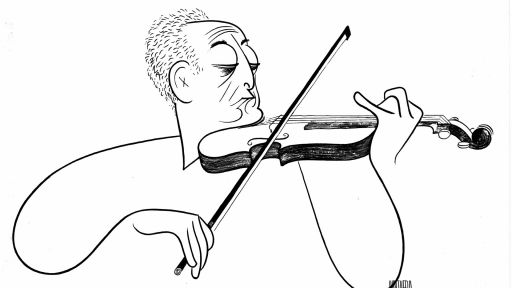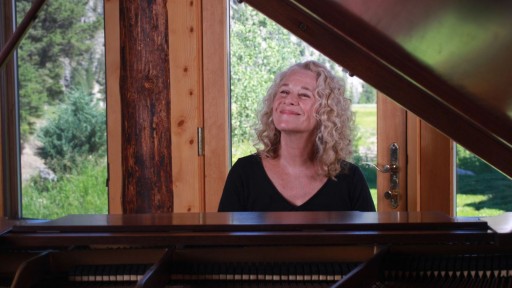Fats Domino, born and raised in New Orleans, was surrounded by music as a child. “New Orleans produces a disproportionately large amount of talented musicians and it really comes up with the raw material,” says pianist Jon Cleary in Fats Domino and The Birth of Rock ‘n’ Roll.
Earl Palmer, longtime drummer for Fats Domino, Little Richard, and member of the Rock and Roll Hall of Fame, adds this about his native city New Orleans: “It’s the only place in the world where everybody, even white listeners, clap on 2 and 4, instead of the 1 and 3…. Well, look at the history of the town, it’s always been music. You’re born with a lot of it instilled in you.”
When Fats Domino’s song “The Fat Man” rose to number one in the February 1950 on the R&B charts, Imperial Record Company owner Lew Chudd’s bet on the new artist had paid off. Chudd booked Fats with Dave Bartholomew and his band for additional sessions at Cosimo Matassa’s Rampart street studio. Matassa’s J&M music shop was the only recording studio in New Orleans and was quickly becoming the mecca for record men looking to cash in on the New Orleans rhythm and blues sound. Songwriter and bandleader Dave Bartholomew’s group became the house band backing nearly every performance recorded there.
“Cosimo Matassa and Dave Bartholomew put New Orleans on the map,” says Allen Toussaint, another great pianist (jazz) from New Orleans.
“You can call it the big beat, the sweet beat, whatever it is but New Orleans got the beat,” says Dave Bartholomew.”
This excerpt from Fats Domino and The Birth of Rock ‘n’ Roll includes images from Cosimo Matassa’s famous recording studio, and an interview with Matassa on how he worked.

